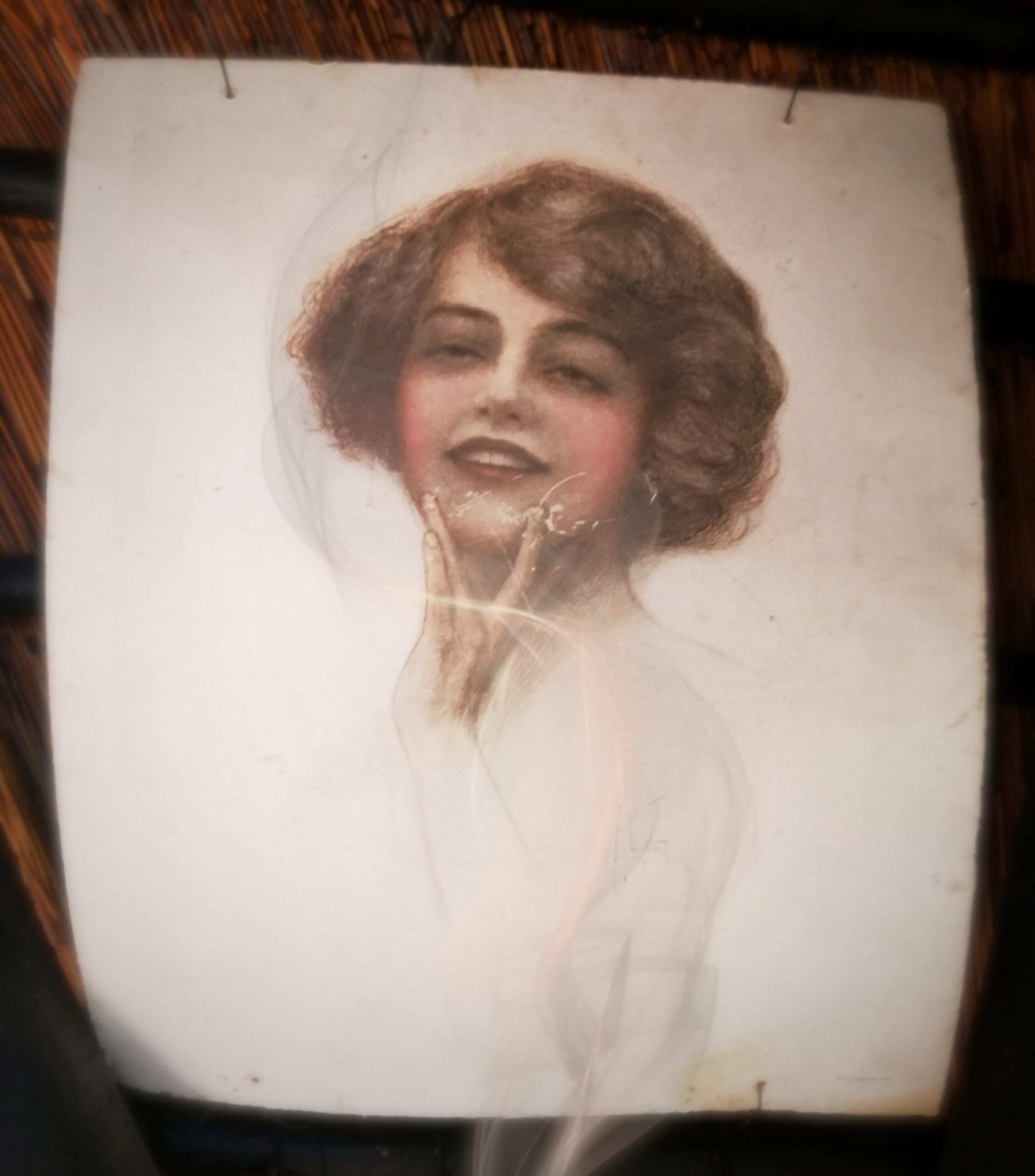
- Culture
-
by John Pot
In the student centre on campus there’s a little cinema that shows between six and eight different movies every week, along with several film festivals, the rugby and season premiers and finales. They show blockbusters, art house, foreign language, obscure, and vintage; before the pandemic they screened annual marathons for Harry Potter, Lord of the Rings, and, my favourite, Star Wars. The best part is that you pay a once-off fee of roughly four to five movies at a Ster-Kinekor after which you may watch as many movies as you like for the whole year. Plus they serve booze!
Suffice to say that I used to spend a lot of time there and in doing so saw some of the weirdest and most upsetting movies of my life. Inheritance, The Beach, Time of the Wolf, and The Road aside, I also met a great number of phenomenal masterpieces and got to see many already favourites on the silver screen. I have a very soft, squishy spot for movies I’ve particularly enjoyed, and the best part is sharing them with other people. Call it a bit obnoxious, maybe a little vain, but I have a text document with a list of movies, books, music, series, and computer games that I like to foist on people (then again, maybe it’s not so weird considering the file with the list of Jar Jar Binks quotes).
So, I chose sixteen movies from my list that are either the best or perfect to watch while blazing (in most cases it’s both) and divided them into four categories: “long spiritual journeys”, “charming, humorous, and uplifting”, “beautiful to look at and listen to”, and “hilarious and a little weird”. Not all of these were discovered at the cinema, but each one is a gem.
Long spiritual journeys
The Holy Mountain (1973) dir. Alejandro Jodorowsky

I thought “hey, why not kick off the list with by far the most bizarre one?” so we’re taking a dive into Chilean-French director Alejandro Jodorowsky’s fevered imaginings first.
Depicting some sort of cleansing ritual, La Montaña Sagrada‘s very first scene tells the viewer to let go of everything they know about what goes in a movie, and—for those reading into it—what they know about everything. After this disclaimer is out of the way the movie yanks out all the stops as it begins its fugue of shock, metaphor, and esoteric symbols. Seriously, be warned: this movie has everything.
There’s a spectrum of influences and inspirations behind The Holy Mountain; old mythologies and contemporary religions, history, and mysticism like tarot, kabbalah, and astrology all inform the movie’s themes. Although drawing most strongly from Vedic, Taoist, and Gnostic beliefs, scenes employ symbolism from every corner of the globe—but Jodorowsky uses his insane creativity to come up with many of his own potent concepts.
Accompanied by a gorgeous, rich score, some scenes exist just to be beautiful, evoking the likes of Dante Alighieri and Salvador Dali.
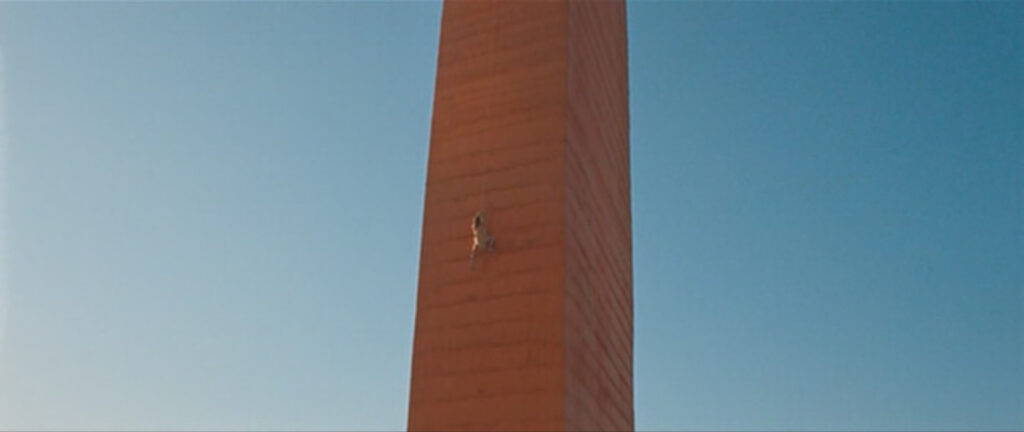
We follow the adventure of a white Jesus look-alike—Tarot’s The Fool or the protagonist of the so-called hero’s journey, the viewer perhaps—as he seeks immortality along with a group of, uh, colourful archetypes. There’s a new metaphor in almost every shot, but I think the movies is so jam-packed with symbolism because it wants you to read too much into it, you’ll see what I mean when you finish watching.
2001: A Space Odyssey (1968) dir. Stanley Kubrick
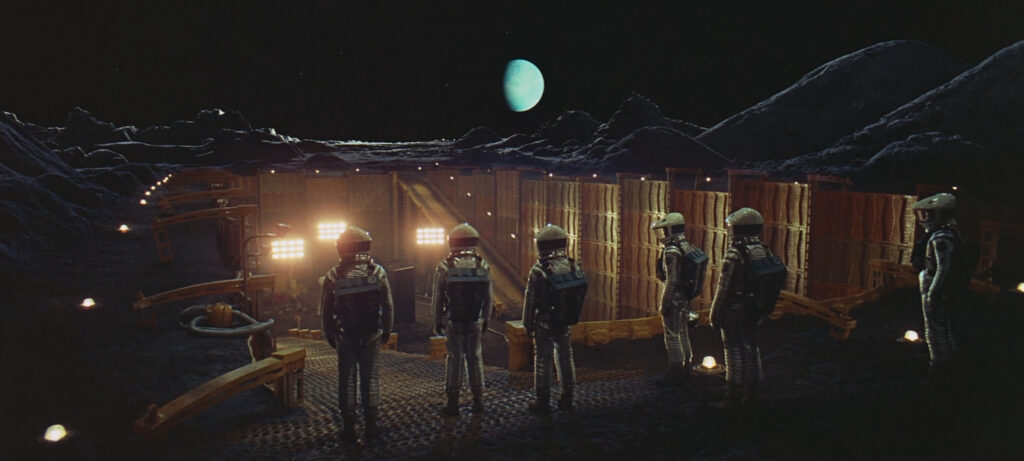
Can you say “Interstellar before Interstellar“? OK, don’t get me wrong, I loved Interstellar. The soundtrack slaps (I’m a sucker for a good organ solo) and the themes of loss and letting go sting me in my heart of hearts. Clearly, however—up to entire sequences—it was heavily influenced by Stanley Kubrick’s Space Odyssey.
Just like The Holy Mountain, the viewer is invited to read into it and let their imagination loose; Kubrick took its intended meaning (if there even was one) to his grave. Interpretations range from both optimistic and pessimistic messages about humanity’s future to some kind of meta analogy for the moviegoing experience itself. This enduring ambiguity forms a big part of Space Odyssey‘s mystique, but so does the equally monumental visuals and György Ligeti’s music.

Although the score wasn’t written specifically for the movie, it certainly seems like it was, with each piece of music serving as an echo of humanity’s evolution at those particular points. Alongside wide shots of landscapes and space—and sometimes nothing at all (well, there’s a whole theory there as to what the “nothing” actually is)—the heavily textured score reminds the viewer just how vast the universe is and how very small they are within it. I mean, the story itself is potent fuel for existential thoughts all on its own, the cinematography and score perfectly conduct the movie’s narrative.
2001: A Space Odyssey can be an unsettling experience, maybe even a bit frightening. Whether it leaves you feeling uplifted or insignificant (or both), you’ll certainly be wondering quite a bit about life’s great mystery and the meaning of it all.
Spring, Summer, Fall, Winter… And Spring (2003) dir. Kim Ki-duk
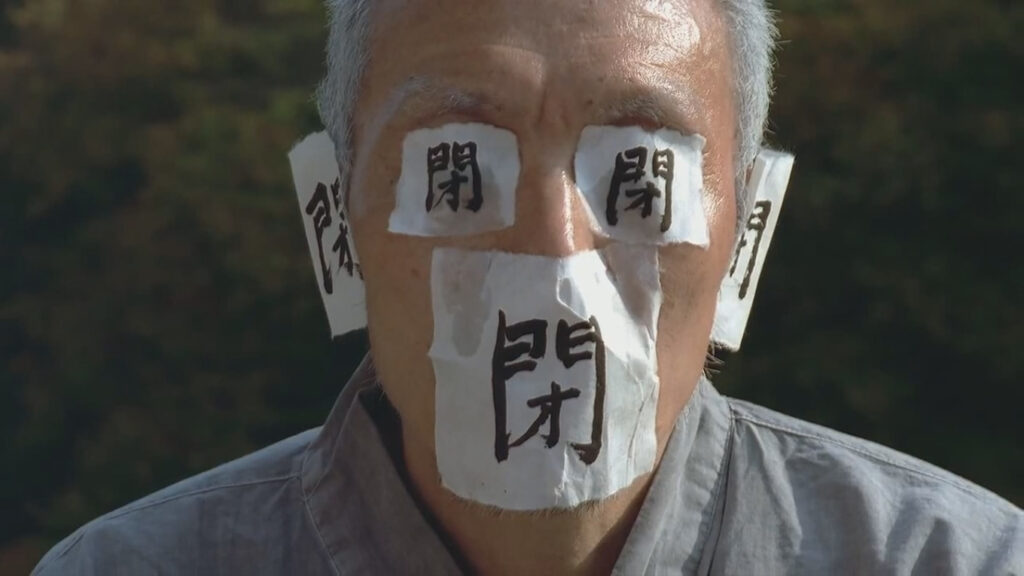
Speaking of long spiritual journeys, here’s one that describes the unending cycle of samsara: birth, pleasure, suffering, death… And rebirth. Kim Ki-duk’s masterpiece is a meditation on the human condition and the Buddha’s method of awakening from it. It describes instead of prescribes, using the life of a remote monastery as an allegory for the cycle. I’m a novice when it comes to Buddhism and my understanding of the story can only go so far, but even so the grounded cinematography illuminates this core concept in Buddhist thought.
With a desaturated and predominantly earth-toned pallet as well as subtle contrast, the movie depicts a homogenous world always changing but ever the same. We are shown how suffering never leaves the world and how being part of the world means being part of suffering. Though this might sound bleak, some powerful visuals at the story’s end signal a coming awakening.

Every shot is an artwork on its own. Each is carefully composed, evoking the idea of illusionary perfection if you want to read into it. Small and sparing bursts of colours other than green scattered throughout the runtime are able to speak volumes. As said before. the camerawork is neutral, putting the viewer directly into the setting. The soundtrack too feels like it is part of the monastery’s valley, that is until a stirring climax that breaks free of that base world.
And then it’s spring again.
Waking Life (2001) dir. Richard Linklater

If there’s a movie that perfectly captures what it’s like in a dream, it’s Waking Life. The most striking is the visuals: the movie was entirely rotoscoped, meaning that each frame was individually altered. The result is a wobbly-floaty animated world that lends itself well to being incredibly trippy (I recommend a good sativa for this one). Fittingly, one of the movie’s major, if not main, themes is the very nature of existence.
As you’re watching this, as baked as a malva pudding, you tag along with the everyman protagonist as he wafts from scene to scene with no regard for logical continuity. You join him as he observes, sometimes takes part in, conversations about everything from existentialism to politics to film theory, exploring concepts like posthumanism, free will, and (my favourite) lucid dreaming.
Not unlike The Holy Mountain but in a completely different way, there is certainly a WTF vibe to this movie; less so thanks to the subject matter, primarily because of the eclectic art styles and lack of linear progression—you know that thing you do where you use your fingers to rapidly block and unblock your ears and it makes you have an existential crisis, this is that in visual form.
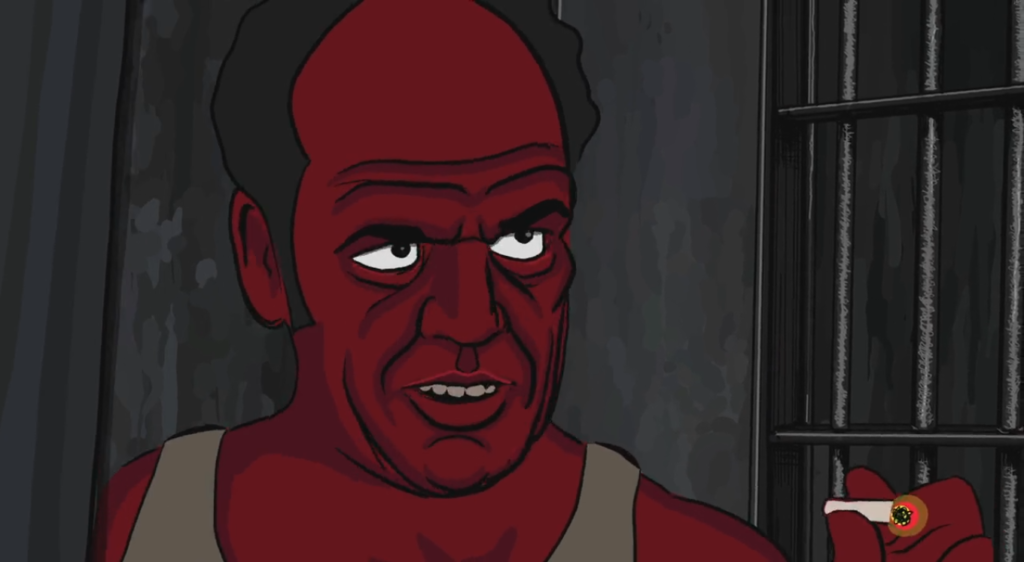
What makes it even more jarring is how excellently the characters are written and realized. Each one feels like a real person, almost as if you’re watching a documentary, interview, or lecture. Seeing these surreal and often abstract figures act so relatably human is both unnerving and inspiring. It’s frightening and thought-provoking and definitely worth a watch.
Stay tuned for Part 2: Charming, humorous, and uplifting.
